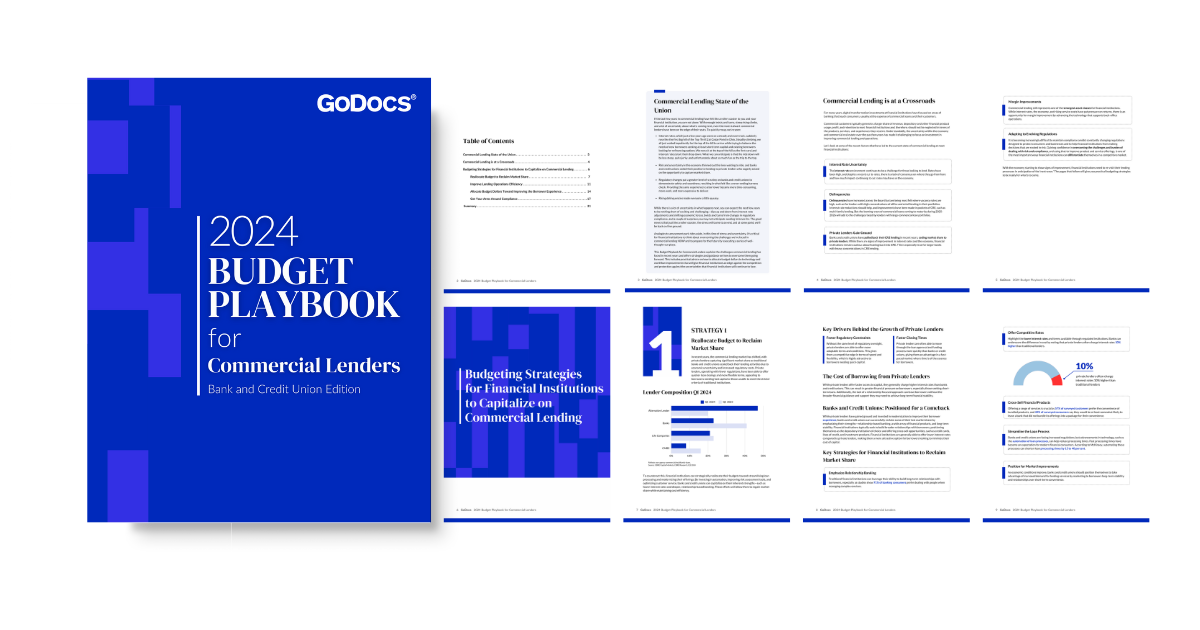As we continue to navigate a period of economic uncertainty, lenders are facing numerous challenges. Fluctuating interest rates, unpredictable inflation, and the lingering impacts of global disruptions have created a volatile environment. Markets are in flux, with trends shifting rapidly and no clear signs of stabilization in the near future. In addition, natural disasters and their associated risks are adding another layer of complexity to lending decisions.
For commercial banks and credit unions, this means adapting quickly to safeguard investments while also providing flexible, forward-thinking solutions to borrowers. Here are five tips to help banks and credit unions navigate this uncertain landscape and minimize risk.
1. Focus on Short-Term Loans:
In uncertain markets, it’s crucial to avoid long-term investments. Bridge loans and mini-perm loans (3-5 years) are ideal because they offer flexibility, allowing you to adjust as the market changes. Long-term loans can tie you up, especially when rates fluctuate—if you lock in a loan at 7% and the Fed drops rates, you’ll get caught in a rate differential, with borrowers potentially refinancing with other institutions to take advantage of the lower rate. Even if they refinance with your bank or credit union, this means you’ve lost predictability in your future revenue stream. Similarly, if you’re stuck with loans at 3% and rates increase, you will have loans that aren’t near the market rate and that causes you to lose money as well. Shorter-term loans help mitigate such risks and allow you to pivot as the market evolves.
2. Consider Adjustable-Rate Loans:
If your bank or credit union has the capacity, adjustable-rate loans can be a smart strategy. These loans protect you from uncertainty by tying interest rates to market indices, allowing rates to rise or fall with market conditions. This flexibility is especially important when trends are unpredictable, and it can help lenders avoid locking in fixed rates that may become unfavorable as inflation or economic changes occur.
3. Hybrid Loan Structures:
A hybrid loan structure, with 1-2 years of a fixed rate followed by an adjustable rate, is a good strategy in volatile markets. This offers borrowers the stability of fixed rates initially, while providing the lender with the flexibility to adjust the rate as the market changes. Whether it’s annually or monthly, this model hedges against uncertainty, providing both short-term security and long-term adaptability.
4. Expand Financial Covenants and Actively Monitor Them:
Now is the time to introduce or expand financial covenants on your loans, such as Loan-to-Value (LTV) ratios, Debt Service Coverage Ratios (DSCR), and liquidity tests. These covenants give lenders more control over risk and help assess the underlying strength of the collateral and the borrower’s financial situation. Regular monitoring of these covenants can help spot potential issues early. For instance, conducting regular checks on property values or asking for principal paydowns if LTV ratios worsen can prevent long-term problems. Active management ensures you’re not caught off guard by a borrower’s financial struggles and can even allow for early intervention before minor issues become significant.
At GoDocs, we are making it easier than ever to integrate and manage financial covenants. We offer a variety of market-standard financial covenants, including LTV, DSCR, and liquidity tests, that are ready to deploy. Additionally, if your needs are more unique, we allow for custom covenants to be added to our system without any limitations on quantity. Our legal and operations teams work closely with you to tailor these covenants to fit your specific needs, ensuring your risk management is as comprehensive as possible. This combination of flexibility and control allows you to stay ahead of potential financial issues and maintain stronger, more secure loan agreements.
5. Explore Green-Related Loans (C-PACE Adjacent):
As sustainability becomes more of a priority, consider expanding into green-related loans, such as C-PACE-adjacent loans. These loans, tied to energy-efficient and environmentally friendly building improvements, are gaining traction. By offering financing options that work alongside C-PACE, you open a new market, helping borrowers make their properties more sustainable while aligning with global trends. This not only supports environmental goals but can also mitigate risks by improving property resilience, especially in regions impacted by natural disasters. With the right documentation and financial structure, C-PACE-adjacent loans can benefit both lenders and borrowers.
By following these tips, lenders can adapt to an unpredictable market, minimize risk, and remain competitive while offering flexible, forward-thinking solutions to borrowers.
Head of Business Strategies & Partnerships









